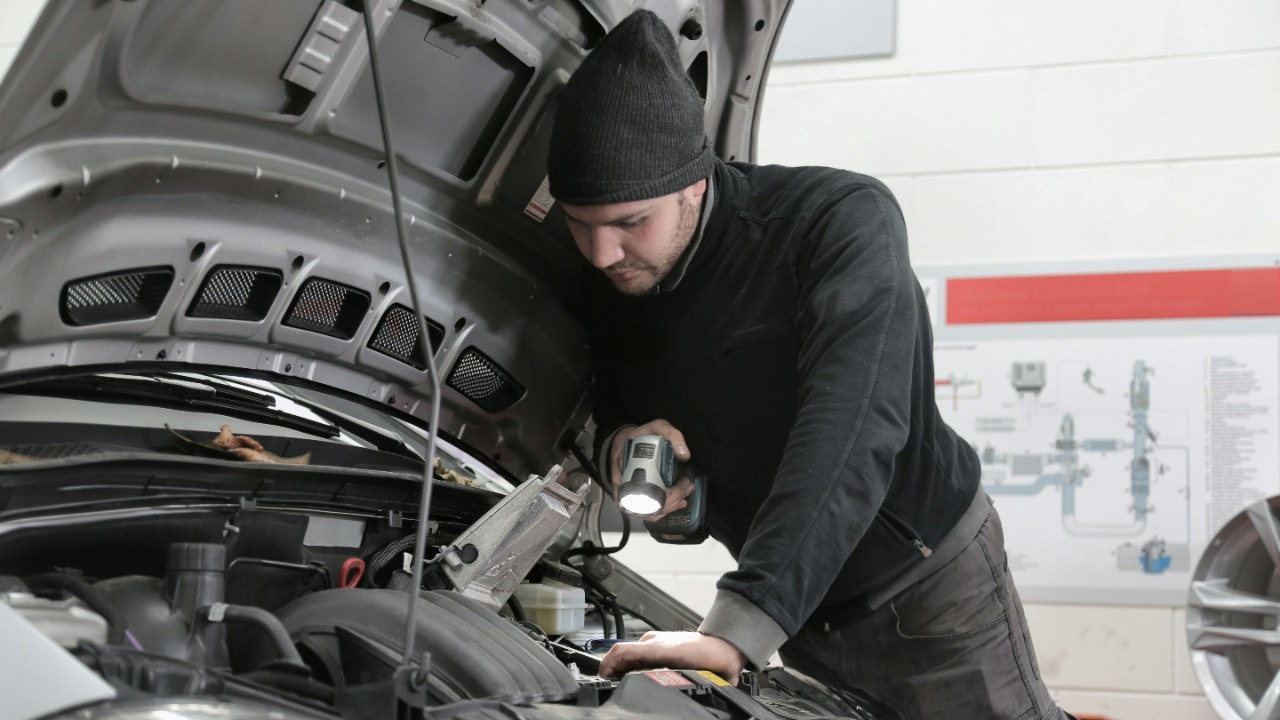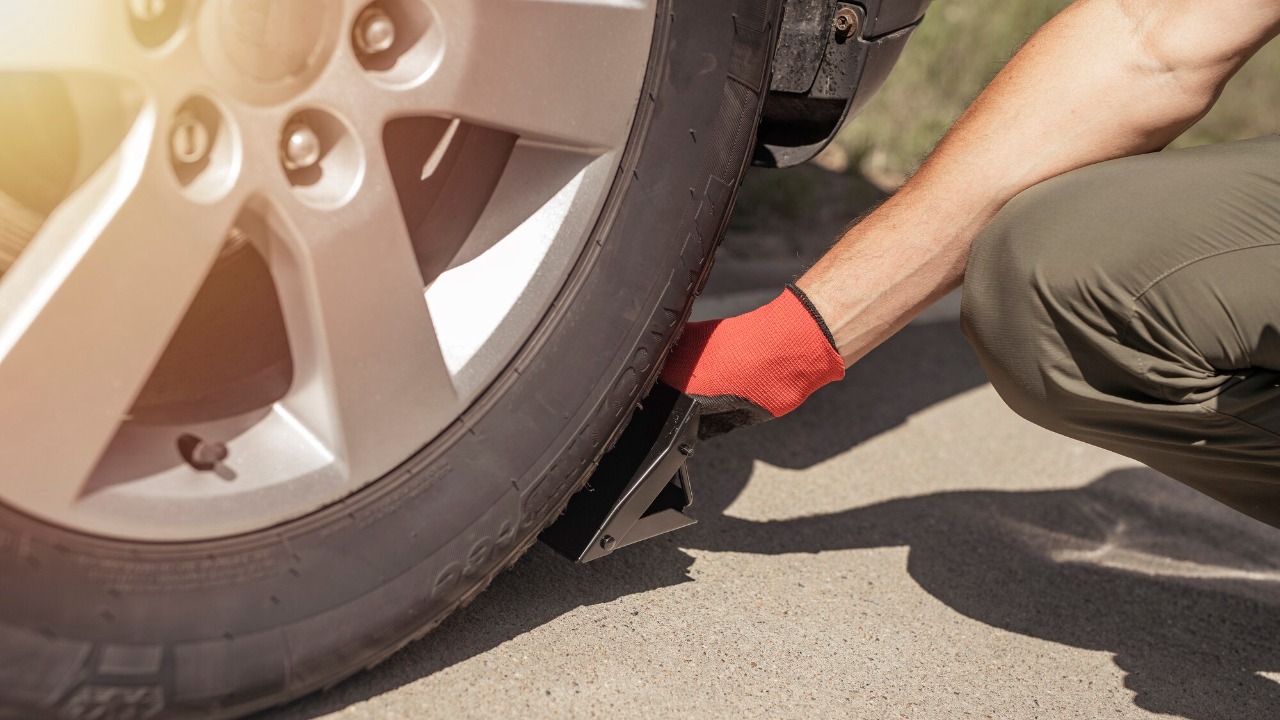
With the rising trend of remote work and increased use of public transit, many vehicles are left sitting idle. While it might seem harmless, this lack of use can expose your car to a variety of issues. Let’s delve into the potential problems that can arise and offer some guidance on how to keep your seldom-driven car in optimal condition.
1. The Risks of Infrequent Driving

First and foremost, it’s vital to understand the impact of infrequent driving on your vehicle. Cars are designed to be driven regularly, and when they sit idle for extended periods, several components can start to deteriorate. This is especially true in areas with extreme weather conditions, such as intense heat, cold, or humidity, which can accelerate wear and tear.
For instance, when a car isn’t driven regularly, the engine oil can degrade. This can lead to the formation of sludge, a thick, dark substance that can reduce the engine’s performance and lifespan. Similarly, the battery can lose its charge over time, leading to starting problems or even complete failure. More disturbingly, rust can form on the car’s underside, particularly if it’s exposed to damp conditions for extended periods. This was the case with a Kia owner’s car that was left idle for just three weeks.
2. Engine and Battery Problems

As mentioned earlier, infrequent use can lead to engine oil issues and decrease in battery life. When your car sits idle, the engine oil can start to degrade, leading to the formation of sludge. This can reduce the engine’s performance and lifespan. Additionally, the battery can slowly lose its charge, leading to starting problems or even complete failure. This can become a significant problem, especially during cold weather when the battery needs to work harder to start the engine.
Rust formation is another serious issue related to infrequent driving. When a car is not driven regularly, moisture can accumulate on the car’s underside and lead to rust formation. This process can be accelerated in areas with high humidity or salty air. Regular driving helps evaporate this moisture, preventing rust formation. Therefore, it’s important to drive your car periodically, even if it’s just a short distance.
3. Tire Deterioration

Another area that can suffer from infrequent driving is the tires. When a car sits idle for long periods, the weight of the vehicle can cause the tires to develop flat spots. This issue is particularly prevalent with high-performance and low-profile tires. Flat spots can lead to an uneven ride and increased tire wear. Furthermore, the pressure in the tires can change with temperature fluctuations, potentially leading to underinflation or overinflation. Both can result in accelerated tire wear and could even lead to a blowout if not addressed.
Moreover, tire rot is a real risk for vehicles that aren’t driven frequently. This happens when the rubber compounds in the tires deteriorate due to exposure to the elements and lack of use. Once tire rot sets in, the only solution is to replace the tires, which can be an expensive proposition. Therefore, it’s important to check your tires regularly and drive your car periodically to prevent these issues.
4. Interior and Exterior Damage

Not driving your car regularly can also have negative impacts on both the interior and exterior of the vehicle. On the inside, a lack of air circulation can lead to the growth of mold and mildew, particularly in damp climates. Not only can these fungi cause a musty smell, but they can also damage the upholstery and other interior components.
On the outside, the paint and bodywork can suffer if the car isn’t driven regularly. Without regular washing and waxing, dirt, bird droppings, and other contaminants can damage the paint. Furthermore, if the car is parked outside, it can be exposed to harmful UV rays, which can cause the paint to fade and the dashboard to crack. Therefore, it’s essential to protect your car’s exterior, even if you don’t drive it often.
5. Tips for Maintaining a Car You Don’t Drive Often

Even if you don’t drive your car regularly, it’s crucial to maintain it properly to prevent the issues discussed. For starters, make sure to start the car regularly and drive it for a short distance. This will help keep the battery charged, the engine oil circulated, and the tires round. If possible, try to drive the car at least once every two weeks.
Regular maintenance is also essential. This includes changing the oil, checking the tire pressure, and inspecting the brakes, even if you don’t drive the car often. Furthermore, if the car is parked outside, consider using a car cover to protect the paint from the elements. For more tips on how to maintain a car you don’t drive often, check out these 9 essential tips.
Finally, it’s important to protect the car’s interior when it’s not in use. This can include cleaning the upholstery regularly, using a dehumidifier to prevent mold growth, and cracking the windows slightly to promote air circulation. Some additional measures might include using sun shades to prevent UV damage and using a steering wheel cover to protect the wheel from cracking.